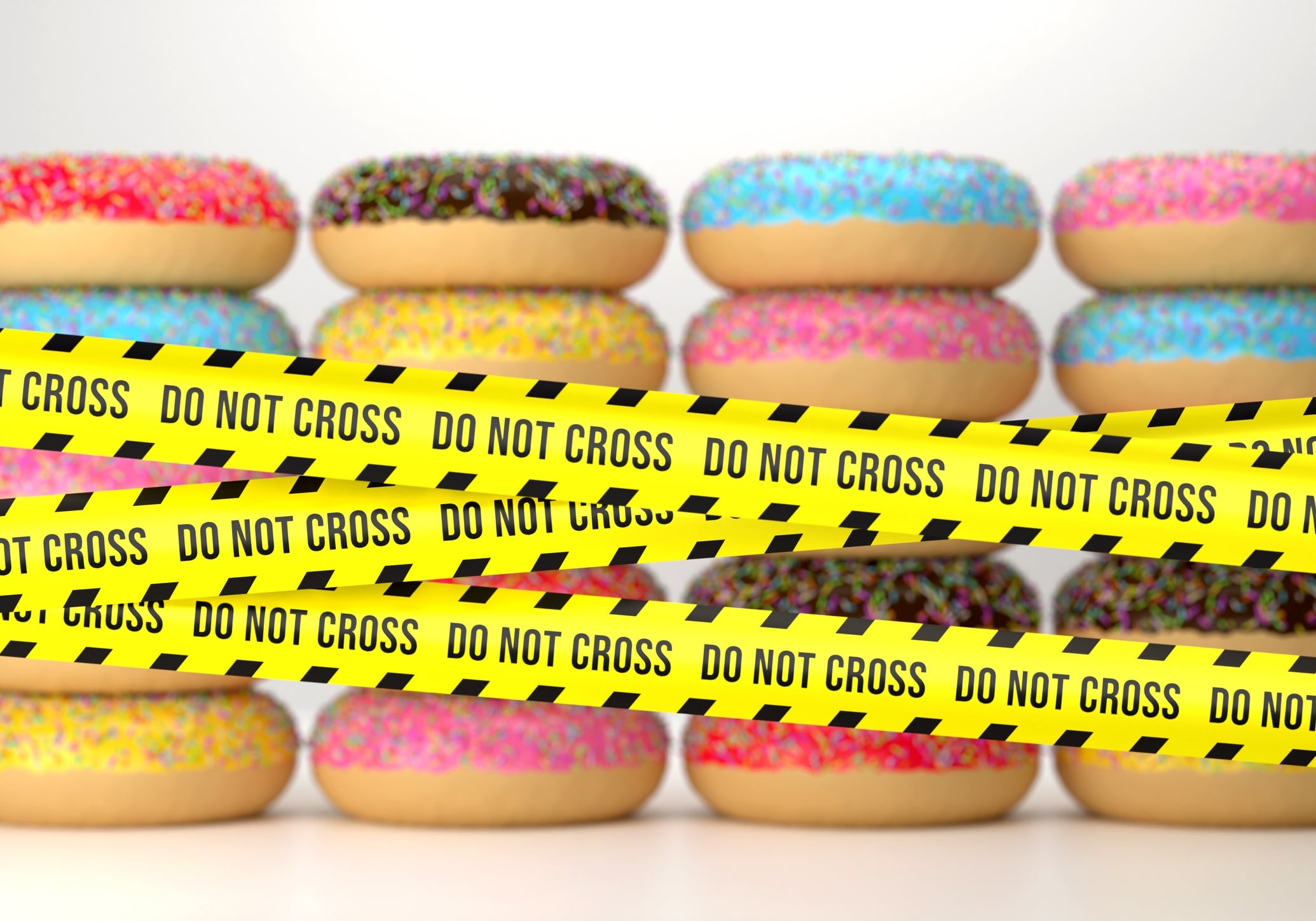Key takeaways:
- The Lancet’s new UPF Series signals a major policy shift, pushing for mandatory regulation that will directly affect bakery and snacks.
- Additives such as colors, flavors, and sweeteners are likely to become regulatory flashpoints, putting many mainstream products under renewed scrutiny.
- Bakery and snack makers must move beyond basic reformulation, as the debate now centers on equity, environmental impact, and the broader role of processed foods in society.
The Lancet’s latest salvo on ultra-processed foods (UPFs) has the sort of clarity that makes industries sit up straight. UPFs, it says, are undermining public health, widening social divides and giving a handful of global food companies far too much power over what the world eats. That’s not a gentle prod toward ‘continuous improvement’.
It’s a statement of intent and it leaves categories like bakery and snacks looking unusually exposed.
For years, the industry has argued – often with good reason – that the Nova system is too blunt. It throws everything from fortified cereals to neon-bright snack cakes into the same bucket and then treats the whole lot as equally suspect.
But The Lancet isn’t picking at product definitions this time. Instead, it’s asking a bigger question: what happens when industrially produced foods become the backbone of daily diets? If they’re crowding out simpler, minimally processed options, does arguing over the classification of one bread roll or another really matter?
That’s the part that lands most heavily on bakery and snacks. This isn’t a fight over a single ingredient or additive anymore; it’s a conversation about dietary patterns, market power and what role highly processed foods should play in society. With governments already experimenting with warning labels, marketing bans and stricter rules for school food, The Lancet’s timing couldn’t be more pointed.
And unlike earlier rounds of the UPF debate, this one branches far beyond nutrition.
The Lancet links UPFs to climate pressure, fossil-fuel-heavy commodity systems, and the economic reality that low-income consumers rely on cheap processed food because they often don’t have much choice. Once a category becomes wrapped into that kind of political narrative, it rarely escapes unchanged.
The first pressure points: Additives, formulation choices & commodity chains

One of the boldest elements in The Lancet’s recommendations is the push to treat colors, flavors and non-sugar sweeteners as markers of ‘ultra-processedness’.
That may sound technical, but it has huge consequences. Regulators on both sides of the Atlantic are already uneasy about certain dyes and emulsifiers. The FDA’s decision on Red Dye No. 3 is only the latest sign that this door is swinging open, not closed. If these additives end up flagged in nutrient profiling models, bakery and snacks will almost certainly find themselves facing warning labels, tax discussions or restrictions in public institutions.
The environmental angle only tightens the vise. The Lancet doesn’t just criticize what UPFs contain – it zooms out to look at the system behind them. Wheat, maize, soy, palm oil: the pillars of bakery and snack manufacturing are also the pillars of high-emissions global agriculture. Once a food category is positioned as both a health issue and a climate issue, it’s much easier for policymakers to argue for sweeping change. Companies will be pushed to show exactly where their raw materials come from, why they depend on them and whether they plan to shift toward regional grains or more regenerative sourcing.
Then there’s the equity problem. The editorial leans heavily on the fact that UPF consumption is highest among lower-income households, who often don’t have the luxury of choosing differently. Its solution – tax UPFs but make whole foods more affordable through subsidies or cash transfers – reframes the entire conversation. Suddenly, resisting regulation doesn’t look like defending consumer choice. It risks looking like defending a system that traps people with limited options. That’s a political argument the industry won’t win by rolling out a few reformulation projects.
The bakery & snacks sectors can help rewrite the story

So where does bakery and snacks go from here? Pushing back on Nova’s limitations will continue and there’s room for that. Processing isn’t inherently bad and the industry has long made the case that many techniques ensure safety, shelf life and affordability. But saying that isn’t enough when the public conversation has moved on to bigger questions about who controls the food system and who benefits from it.
Reformulation, while familiar, is only half of the solution. Plenty of companies are already cutting back on additives, swapping in natural colors and trying to streamline ingredient lists. Those moves matter, but they won’t change the perception that some products depend on engineered sensory appeal rather than the raw materials themselves.
What may actually shift the narrative is reimagining what the category offers. There’s plenty of space for bakery and snacks to evolve: more fermentation-forward breads, snacks built from recognizably simple ingredients, heritage grain blends, fresher or hybrid formats that don’t lean on the usual list of cosmetic additives. Rethinking packaging and distribution may also be unavoidable if UPFs continue to be tied to questions of climate responsibility.
What’s clear is that these sectors don’t have the luxury of waiting to see how this plays out. The Lancet hasn’t just weighed in on the UPF conversation – it’s accelerated it, armed it and tied it to some of the most politically loaded issues in public health. Bakery and snacks now have a choice: shape the next chapter or let regulation write it for them.
Study:
Ultra-processed foods: time to put health before profit. The Lancet, Volume 0, Issue 0, Online: November 18, 2025





